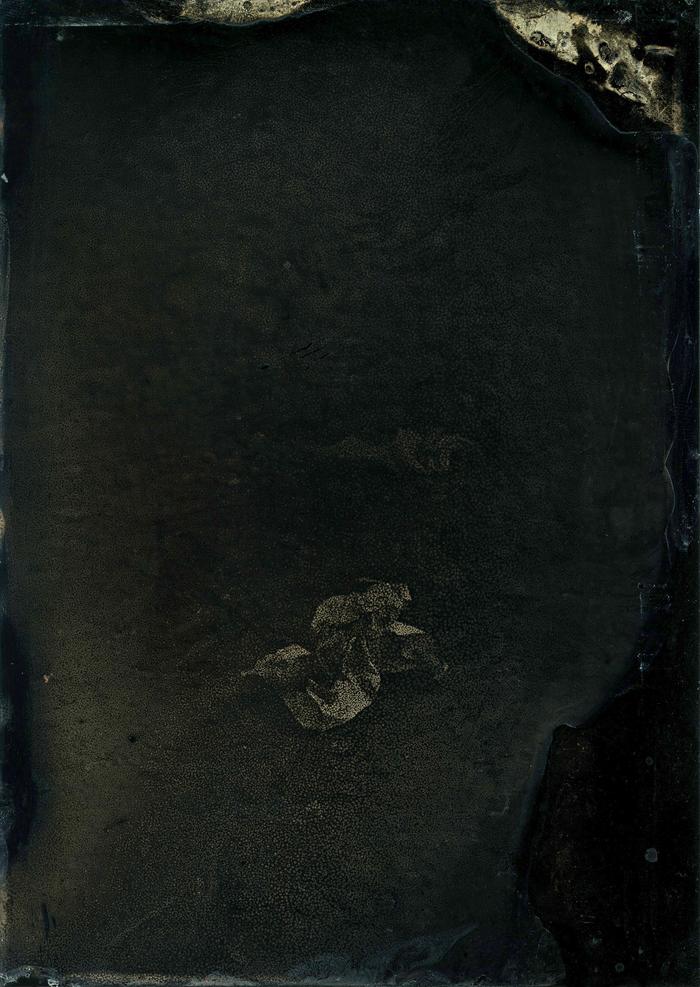waiting for the barbarians_2016
︎Installation : 10 plaques au collodion 70x100 cm, dispositif ERD, environnement sonore immersif
Activable sous forme de conférence-performance (archives photographiques, application pour Iphone, vidéo 3D du site)
︎ En collaboration avec Olivier Royer-Pérez
︎ Création environnement sonore : Alex Augier
︎ CENTQUATRE-Paris : Matérialité de l’invisible - L’archéologie des sens, exposition collective, Paris, du 13 février au 30 avril 2016
︎ Centre Pompidou, #Philonum 2018 : Waiting for the Barbarians, exposition+conférence-performance, Paris, du 12 au 16 février 2018





Waiting for the Barbarians interroge les enjeux de l'urbanisation des zones périurbaines, et le rôle qu'y joue l'archéologie. L'installation documente l'extension des villes de Fleury et de Bondoufle : Jules Ramage choisit de photographier le terrain juste après la fouille préventive, qui vise à détecter, avant le début des constructions, d'éventuels éléments importants pour la recherche archéologique. Le processus photographique, le collodion humide, date de 1851. Il a été conçu à partir d'une chimie utilisée dans le domaine médical, pour faciliter la cicatrisation des plaies. Son utilisation permet de faire écho aux blessures du sol et aux tensions liées à sa fouille, puis à son aménagement. L’enquête croise le point de vue des archéologues, des aménageur-euses et des différent-es usager-es du lieu, et révèle les cristallisations identitaires liées à l’investissement des logements sociaux.
Waiting for the Barbarians questions the urbanization of peri-urban areas, and the role that archaeology plays in it. The installation documents the expansion of the cities of Fleury and Bondoufle, near Paris. Jules Ramage chose to photograph the site just after the preventive excavation, which aims at detecting, before construction begins, elements that may be important for archaeological research. The wet-collodion process dates to 1851. Photographic plates were coated with a chemical mixture used in the medical field to facilitate the healing of wounds. Its use echoes the wounds of the land and the tensions linked to its excavation and subsequent development. The investigation combines the perspectives of archaeologists, developers, inhabitants, and different users, uncovering identity crystallizations when faced with of the occupation of social dwellings.
